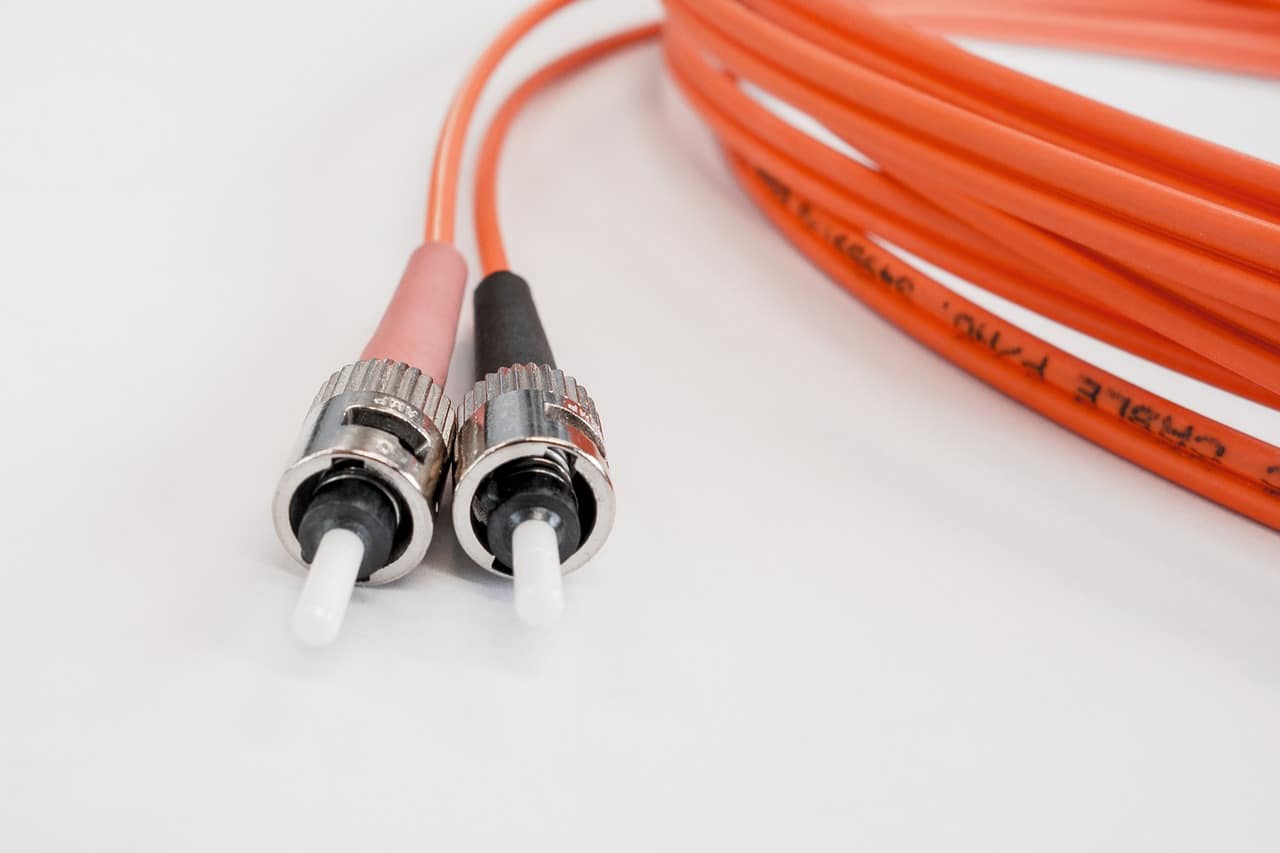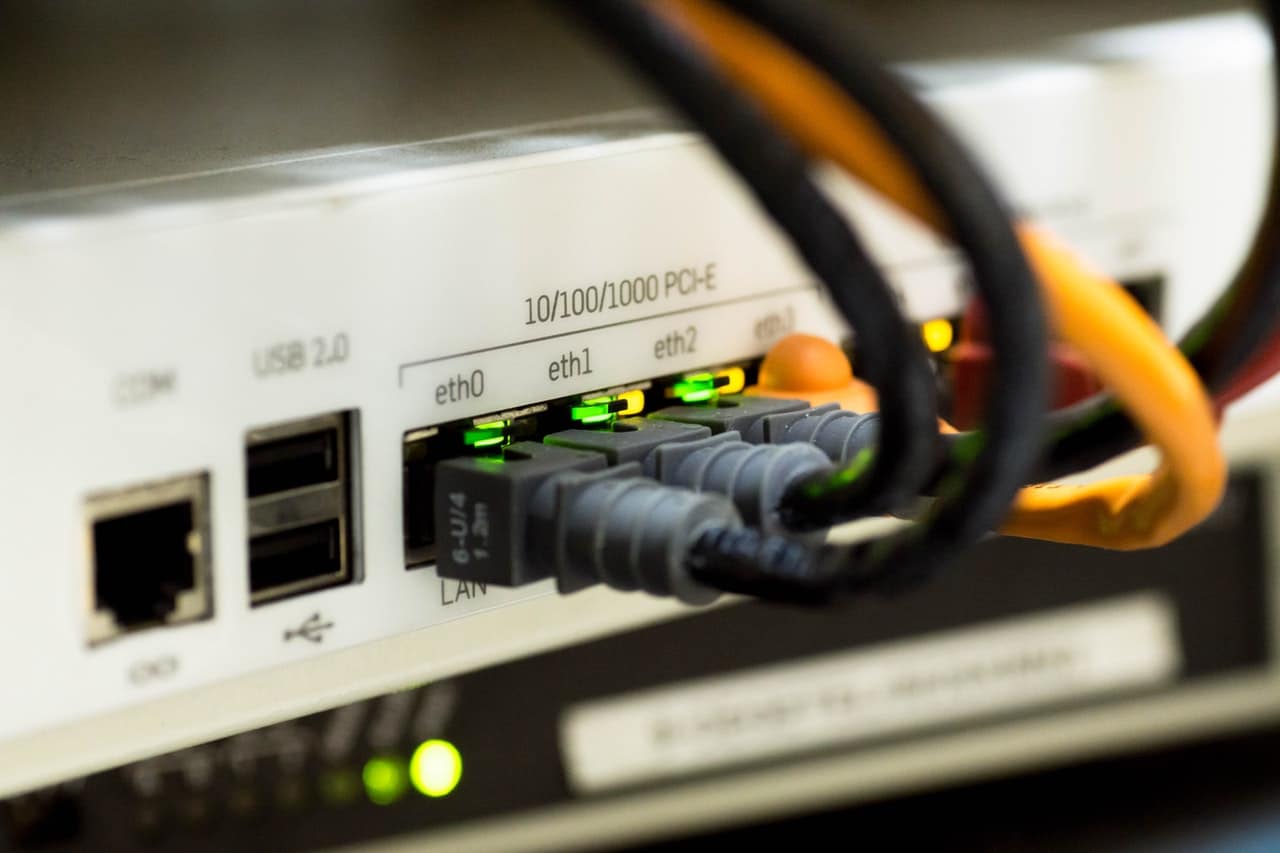Technically, both copper and fiber-optics carry pulses. While the former uses electronic ones, the latter channel light. In terms of capacity and reliability, the new technology is incomparable to its predecessor.
Aside from phone systems, they are widely used in business centers, factories, and on university campuses. For example, FTTH drop cable (Fiber To The Home) provides enhanced transmission in homes and offices. Cable broadcasters and electricity companies also benefit from the speedy and durable technology.
Here are the key benefits of the rapidly spreading technology.
IMAGE: PEXELS
Higher Speeds
Old-school wires can never deliver gigabytes of information, unlike the light-based systems. This explains why online access is provided with the new type of lines. Speed is essential for communication. These cables run on land and under the ocean, connecting countries, and continents. Phone calls and emails travel across the globe in a fraction of a second.
More Bandwidth
This translates into larger capacity. During the signal transfer, it usually starts fading at certain intervals. With fiber optics, it needs amplification less often. The difference is as much as a thousand times!
Longer Distances
Light-based cables can simply deliver their coded pulses to further destinations.
Better Resistance
Radios and other cables often create electromagnetic noise. In the past, this interfered with signals traveling along the conventional wires. With the newer technology, the effects are minimized.
Easier Maintenance
In comparison with predecessors, fiber optic lines cost little to maintain. Given all of these benefits, it is clear why the invention is steadily taking over the world. Let’s now see how it all becomes possible.
Technical Differences
To understand the principle, look at the insides of a chain involving both types of wires. This will show why the newer system is undeniably superior. For example, this conjunction works when you send an email to a friend. The information from your computer will travel to a socket in the wall. From there, it goes to an exchange point, which channels the input further along optic fibers. This will be done with the help of a transmitter turning electric pulses into the light, which is close to infrared. The pulses are generated using either a laser-based or a light-based diode.
Next, a lens sends it into the optic conduit, and they travel further down. The system can be likened to a lengthy roll of cardboard with mirrors lining its inside. What happens when you shine a flashlight in one end? It emerges at the other one. Even if you bend the roll, the light will still come out.
What drives the light further ahead is the law of physics. At a certain angle, the beam cannot leave the tube – instead, it starts bouncing back. This principle forms the basis of the technology. It makes light pulse transfer possible.
The Conclusion
The two technologies compare like modern smartphones and the centuries-old telegraph. It is not surprising that the spread of the new means of transmission is rapid. After all, the benefits are obvious.
If you are interested in even more technology-related articles and information from us here at Bit Rebels then we have a lot to choose from.


COMMENTS